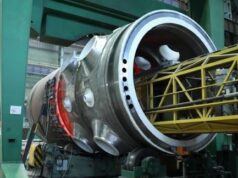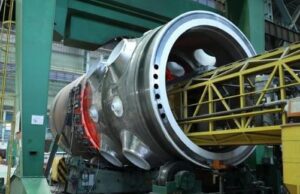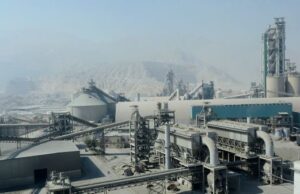
(3 minutes read)
The Namibian Minister of Environment, Pohamba Shifeta, stated that the government requires about N$255 billion to fully implement the Nationally Determined Contribution (NDC), a climate action plan to cut emissions and adapt to climate impacts.
The Namibian Minister of Environment, Pohamba Shifeta, stated that the government requires about N$255 billion to fully implement the Nationally Determined Contribution (NDC), a climate action plan to cut emissions and adapt to climate impacts. Namibia needs at least N$94.6 billion to meet its climate targets and about N$11.2 billion to achieve its green growth objectives from 2021 to 2023. The largest share of climate finance flows in Namibia (98%) is from public finance, with private finance accounting for 2%.
From 2015 to 2020 climate finance totalled a little over N$10 billion with 63% of financing coming from international public sources such as development agencies, climate funds, and Multilateral Development Banks (MDBs) while 35% came from the national development budget.
Despite these investments, in its NDC update, the government stated that the current funding available under the United Nations Framework Convention on Climate Change’s (UNFCCC) financial mechanism will be insufficient to address future financial flows that are needed for mitigation and adaptation.
According to the AfDB report, private companies will have to increase climate flows by at least 7% annually to close the financing gap by 2030. The data presented shows that Namibia should make strategic use of public finance in order to accelerate private sector investments for its goals.
Private sector finance, mainly targeting the renewable energy sector, only represented about 2% of the total climate finance flowing into the country during this period. This low number has been attributed to limited data on the private sector’s contribution to climate change and the private sector’s low awareness of the climate change investment opportunities in Namibia.
The AfDB attributed the low inflows to high perceived and actual risks attached to investments in the continent which means that limited private sector finance goes to the sectors vital for green growth and climate action as identified in the NDC update. Private sector financing would need to grow to N$2.4 billion per year (14.1% of GDP). A 75% contribution to the climate financing gap – an ambitious scenario – would see private sector finance grow to N$4 billion (21.6% of GDP) annually.
Read Also:
https://trendsnafrica.com/namibias-headline-inflation-rose-to-4-7-y-y-in-august/
https://trendsnafrica.com/mtc-and-methealth-to-collaborate-with-university-of-namibia/
Among the private sector projects on offer that are also environmentally sustainable and socially inclusive include the N$1.4 billion Schonau Solar Energy, and the N$113 million (average) AMTA packhouses that promote smart partnerships in agro-processing. The projects also include the N$236 million Future Yield Hydroponics – a project developed around a technology that uses less water than traditional farming methods – the N$372 million Gibeon agricultural irrigation scheme for fruits and gains, the large-scale N$134 million Kelp Blue cultivation project aimed at sequestering carbon. The data also showed that Namibia mobilised the second highest private sector finance per capita, behind Botswana in the SACU region, and the second largest public finance per capita after Lesotho.











